Breathe for Hope
Life can be chaotic jumping from an appointment to a meeting to running errands and everything in between. Rest can feel distant, but even in moments of anxiety a second of calm is only a deep breath away.
That bit of relief can be found in Breathe for Hope — Hope for the Day’s inclusive and accessible yoga and mindfulness group dedicated to creating a space where it’s ok not to be ok. Cofounders Britt Kaplan and Nichol Somers wanted to create a free and positive experience for yoga enthusiasts and newcomers alike.
“At the heart of it, if you can breathe you can do yoga,” Somers said.
Kaplan echoed the sentiment saying that no matter what one’s skill level is, “we all have our breath.” With that simple statement in mind, the two are working to break the stigma around yoga and mental health.
There is often an idea that only a certain type of person can do yoga, that someone has to look a certain way, wear certain clothes or pay for a certain class. This notion can prevent people from even giving it a chance. This is why Somers and Kaplan have gone into every session aiming to accommodate each participant.
When guiding participants through yoga poses, Kaplan and Somers describe and demonstrate options to allow for varying degrees of flexibility and movement. These modifications create a class that can be adapted to each individual’s skill level. There is also always the option for someone to use a prop to aid them during the session.
As long as everyone is doing the poses in a way that is safe and feels good for them, that’s all that matters.
“[We’re] breaking down those barriers in order to allow an entry point for every person to feel welcomed to be themselves,” Somers said.
Breathe for Hope began in early 2020, which means most of their sessions have been over Zoom. Kaplan and Somers agreed that they enjoyed reaching a wider audience through virtual meetings but are excited about having in-person sessions.
According to Kaplan, physically being with the group of people participating in the class is an important part of the experience.
“In yoga and in mindfulness so much of that is the energy in person — being surrounded by that community of like minded people, that common humanity,” Kaplan said.
At it’s core yoga is about connection. This includes that interpersonal connection with the fellow participants and connection with oneself, according to Somers.
“It is a space that allows for any body and any human to find a connection whether they are trying to connect with somebody else or trying to connect with themselves,” Somers said.
Yoga and mindfulness are often centered around strengthening the connection between the mind and the body. Because of the hectic nature of day-to-day life, it can be difficult to just sit with oneself and check in. Breathe for Hope provides a set time to allow for this and shows ways to be able to incorporate it into that busy day-to-day.
Taking the time to check in with yourself is an important part of caring for your mental health. By setting aside a moment to do yoga, meditate or simply just be, you can notice things about your body and mind that would otherwise go unnoticed.
Maybe you notice you’re holding a lot of tension in your shoulders, now you know to be conscious of relaxing them. Maybe you notice a string of anxious thoughts, you can now acknowledge them and talk to someone about them. The act of checking in with yourself can be a way to improve your mental health and with that your quality of life.
In this way, the things taught at Breathe for Hope aren’t just for the hour-long session.
“It’s not just you have to do it during a yoga or mindfulness class,” Kaplan said. “It’s trying to incorporate it into your daily life when you’re really in those stressful times or you're in those difficult times to be able to call upon that and it is a practice.”
That practice is built upon tools such as breathing exercises and affirmations. These tools are presented in classes, but as Somers said, need to be accessible to everyone.
“Any type of tool that makes a moment or a time or a part of your life easier or just more manageable to navigate, I think that should be so accessible to all people no matter what,” Somers said. “Everyone has a right to these tools and we want to be a vessel — if we can get these out to as many people as possible, that’s the goal.”
With each person they reach, they’re letting them know that they’re not alone.
“We have this community of people and if you’re having a difficult time you can just be in the presence of the community,” Kaplan said.
Upcoming Breathe for Hope sessions will be uploaded here.
It’s ok not to be ok. Resources near you can be found at www.hftd.org/find-help.


